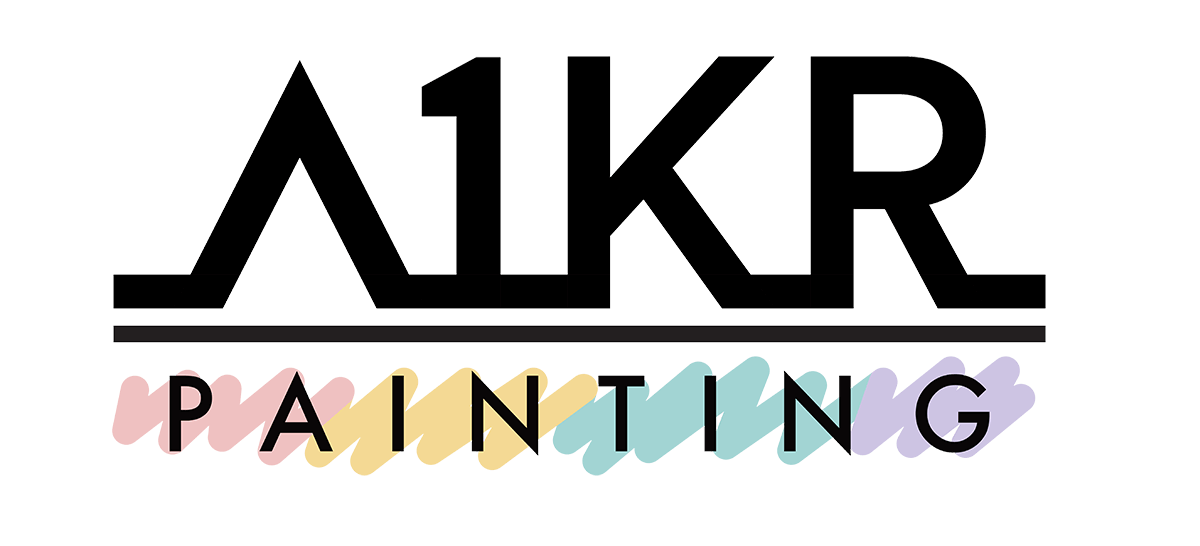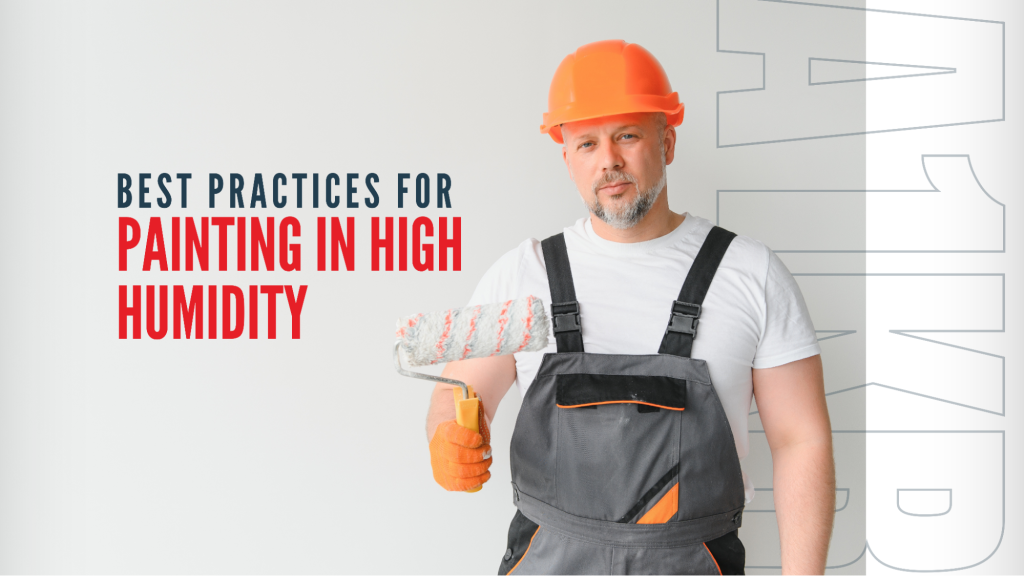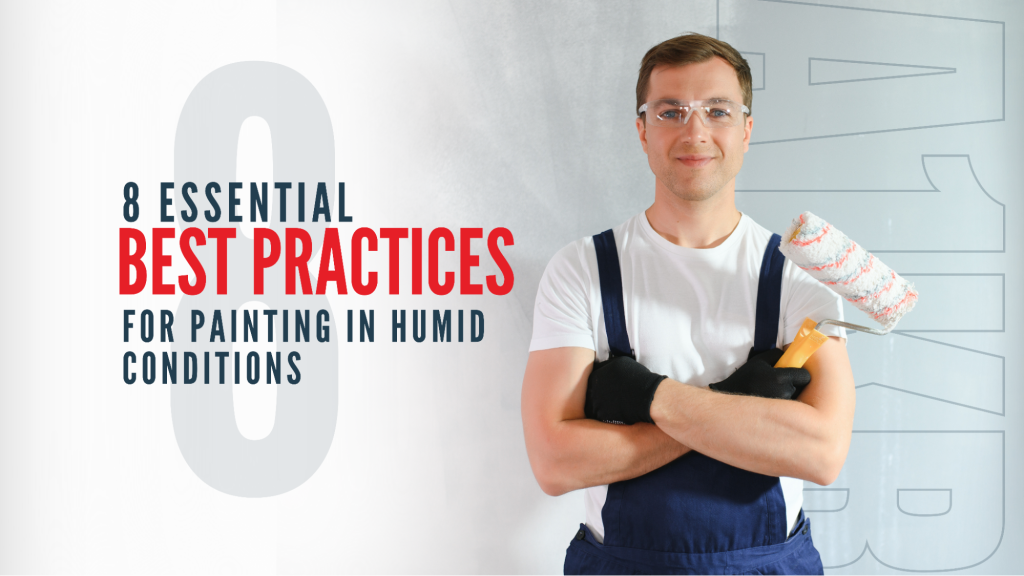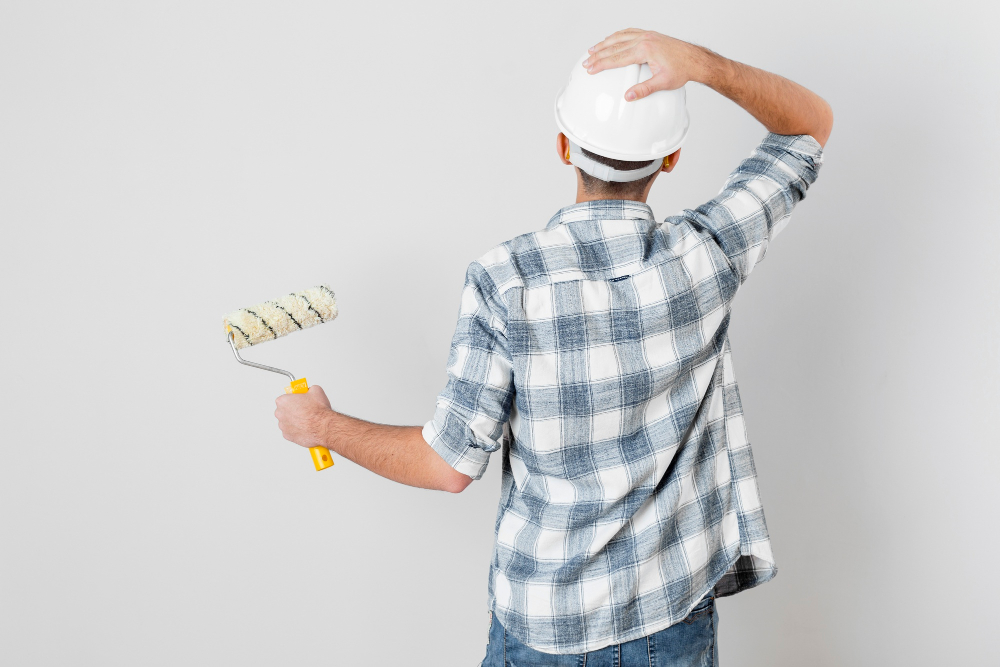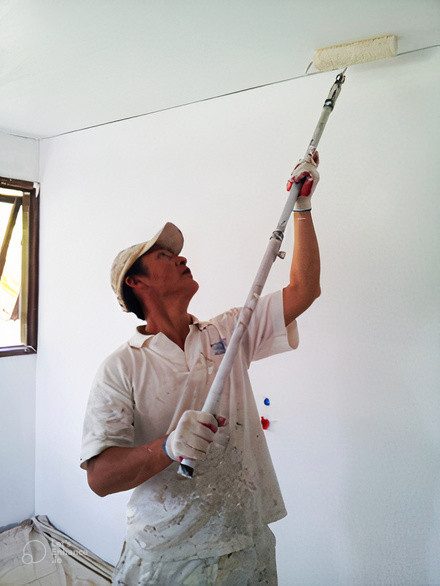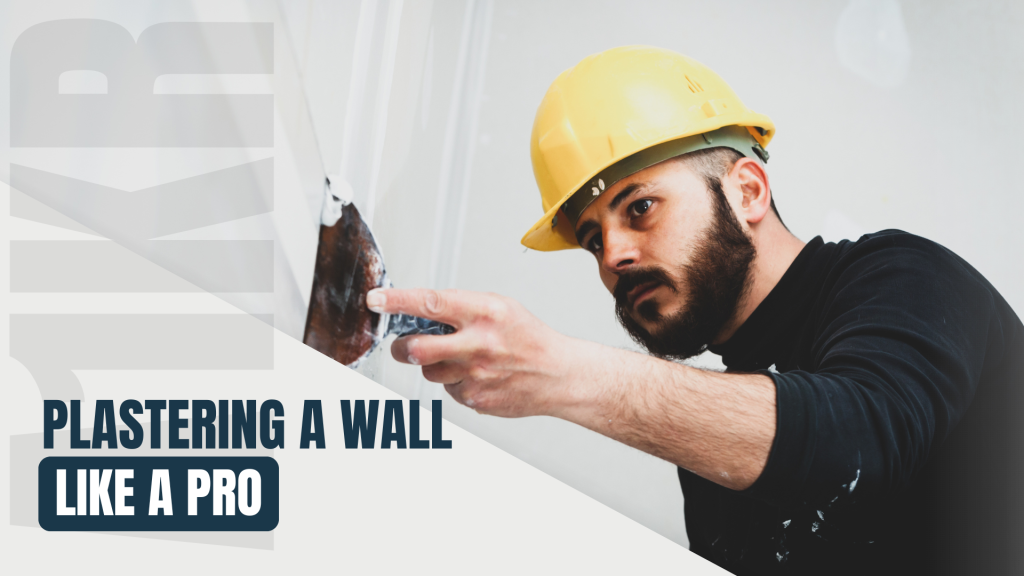
Plastering walls has been a tried and true technique for ages that gives you smooth, sturdy surfaces ready for paint or wallpaper. With the right stuff and methods, plastering a wall yourself to look pro is totally doable.
This detailed guide lays out all the perks of plaster walls and walks you through a foolproof process to plaster like a boss.
Why Plaster Your Walls?
Plastering walls is old school but still rad for making walls smooth and tough for painting or wallpaper. With the right materials and know-how, you can totally plaster a wall yourself and make it look professionally done. For those who prefer to leave it to the experts, residential painting services can provide a seamless and polished finish.
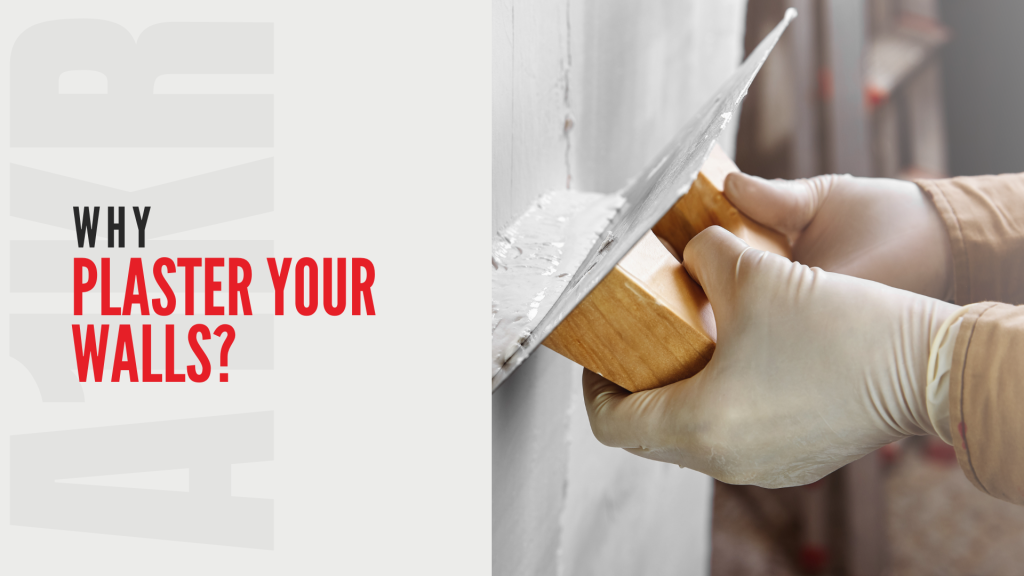
Let’s break down all the awesomeness of plaster walls and show you how to pull it off like a master plasterer.
- Seamless Look – Plaster can conceal imperfections and create a continuous smooth surface free of seams, nails, or joints. The flawless appearance works well with contemporary design.
- Extreme Durability – Once fully cured, plaster is incredibly hard and resistant to cracks and dents. Plaster stands up to kids, pets, and daily wear-and-tear better than drywall alone.
- Fire Resistance – The gypsum in plaster makes it naturally fire resistant. This added safety benefit is ideal for kitchens, fireplace surrounds, or basement spaces.
- Sound Dampening – The density and mass of plaster help block sound transmission through walls. It’s useful for reducing noise transfer in bedrooms, nurseries, and home theatres.
- Design Flexibility – Plaster readily accepts any type of paint or wall covering. The neutral surface unleashes unlimited potential for colours, textures, patterns, or specialty finishes.
Materials Needed for Wall Plastering
Doing the plastering yourself can save some serious cash instead of hiring a specialist. But having the right stuff is key to nailing it. Plastering needs certain ingredients to get a smooth, long-lasting finish. We’re talking the plaster, tools, and accessories for mixing, putting it on, and perfecting it.
Just get your hands on these crucial supplies and you can do this! Here is a checklist of plastering materials needed:
- Premixed lightweight plaster or joint compound
- Joint tape – fibreglass or paper
- Paint tray, roller covers, paint brushes
- Drywall taping and joint knives
- Sandpaper – 80 to 120 grit
- Primer/sealer
- Interior paint
- Plastic drop cloths
- Plastic sheeting
- Masking tape
- 5 gallon bucket
- Mixing stick or paddle
- Plastering trowels
- Clean sponges
- Safety gear – gloves, glasses, mask
The most important item is high-quality, pre-mixed lightweight plaster compound. Avoid heavy, old-fashioned plaster. Hardware stores carry versatile modern plaster products designed for simple DIY application. Gather all materials ahead of time for a smooth plastering process.
Step-by-Step Guide to DIY Plaster a Wall
Trying a plastering project on your own can feel really hard. But it’s easier if you break it up into clear sections. With the right planning and methods, you can make your walls look just as good as a professional. Adopting the techniques means you’ll be well on your way to smooth, durable plastered walls without any plastering experience.
Follow these key steps to achieve flawless plastered walls:
Preparation
- Remove any wallpaper or loose paint completely using water and a scraper.
- Fill small cracks and holes with joint compound. Allow to dry and sand smooth.
- Clean dirt, grease, and oils using TSP cleaner and water. Rinse thoroughly.
- Cover floors, baseboards, outlets, and furniture with plastic sheeting. Drape drop cloths to protect adjacent walls and ceilings.
Mixing the Plaster
- Always start with a clean bucket and water to prevent contamination.
- Add powder to water slowly while stirring constantly to avoid lumps. Don’t pour water into the plaster.
- Mix to a smooth, lump-free consistency like pancake batter. Thin with more water for skim coats.
Applying the First Coat (Scratch Coat)
- Paint undiluted PVA glue onto the wall and allow it to fully dry. This helps bonding.
- Trowel on a 2mm thick layer of plaster, pressing it strongly into the surface.
- Scratch the plaster with grooves for the second coat before it dries completely.
Applying the Second Coat (Finish Coat)
- Mix plaster slightly thinner than the first coat.
- Trowel over the grooved scratch coat using sweeping motions from top to bottom.
- As it starts to set up, glide the trowel to smooth and flatten any high spots.
- Fill voids and blend touch-ups to create a continuous surface as it dries.
Finishing Touches
- Once dry, sand out any tiny rough areas using fine-grit sandpaper. Wipe away dust.
- Allow plaster to cure fully for 30 days before painting or applying wallpaper.
- Primer and paint provide an attractive durable finish. For added protection, apply a sealing plaster varnish over paint.
Pro Tips for Flawless Plaster
- Maintain a wet edge and blend sections together before the plaster dries.
- For inside corners, glide the trowel diagonally from each wall to meet neatly.
- Room temperature plaster will set up and dry the fastest. Cold plaster may remain damp and prone to cracking.
- Work quickly but carefully to keep plaster smooth before it hardens.
Get Professional Plastering in Sydney
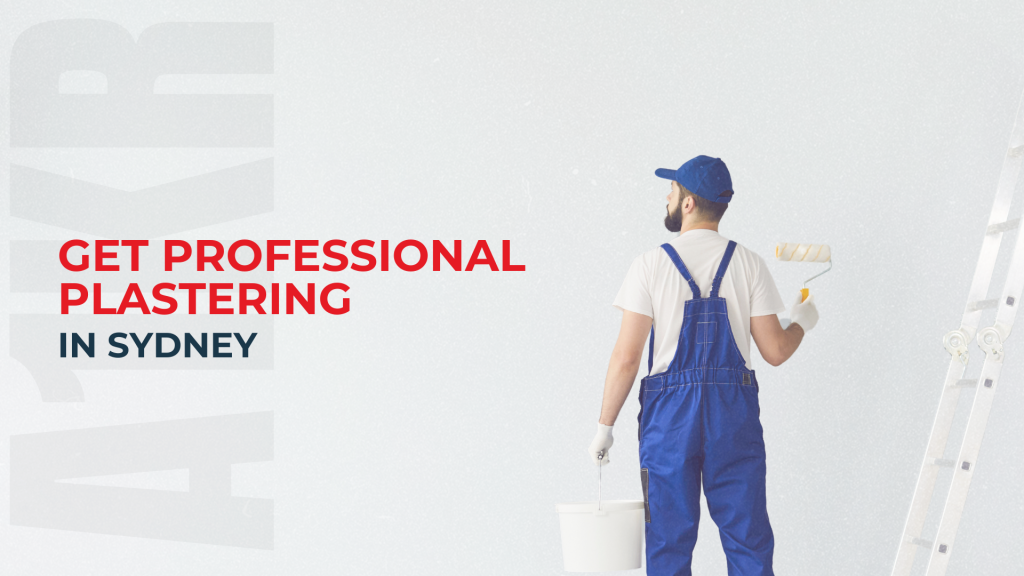
If you want gorgeous plaster walls and ceilings that are perfect in professional painting services in Sydney, you can depend on the pros at A One Korean Painting. Our plastering team is highly trained with solid and legitimate years of experience.
Our key qualifications include:
- High Quality Craftsmanship – Our plasterers take great pride in our work and won’t cut corners. You can expect perfectly smooth finishes.
- Any Plastering Task – We handle new installations, repairs, skim coating, veneer plaster, ornamental plaster, and more. No job is too big or small.
- Customised Service – We will listen to your plastering needs and goals for the space. Our work is customised to match your vision.
- Efficient and Timely – The team works diligently to complete plastering efficiently without sacrificing quality. We get the job done on schedule.
- Professional Clean Up – Not only will you get impeccable plaster work, but we thoroughly clean the space afterwards leaving no trace of mess.
- Reliable Results – With many years of experience, we deliver dependable plastering you can trust will stand the test of time.
Transform your home or business by calling the plastering pros at A One Korean Painting today. Our artistry with plaster is second to none. Contact us now for a free quote!
